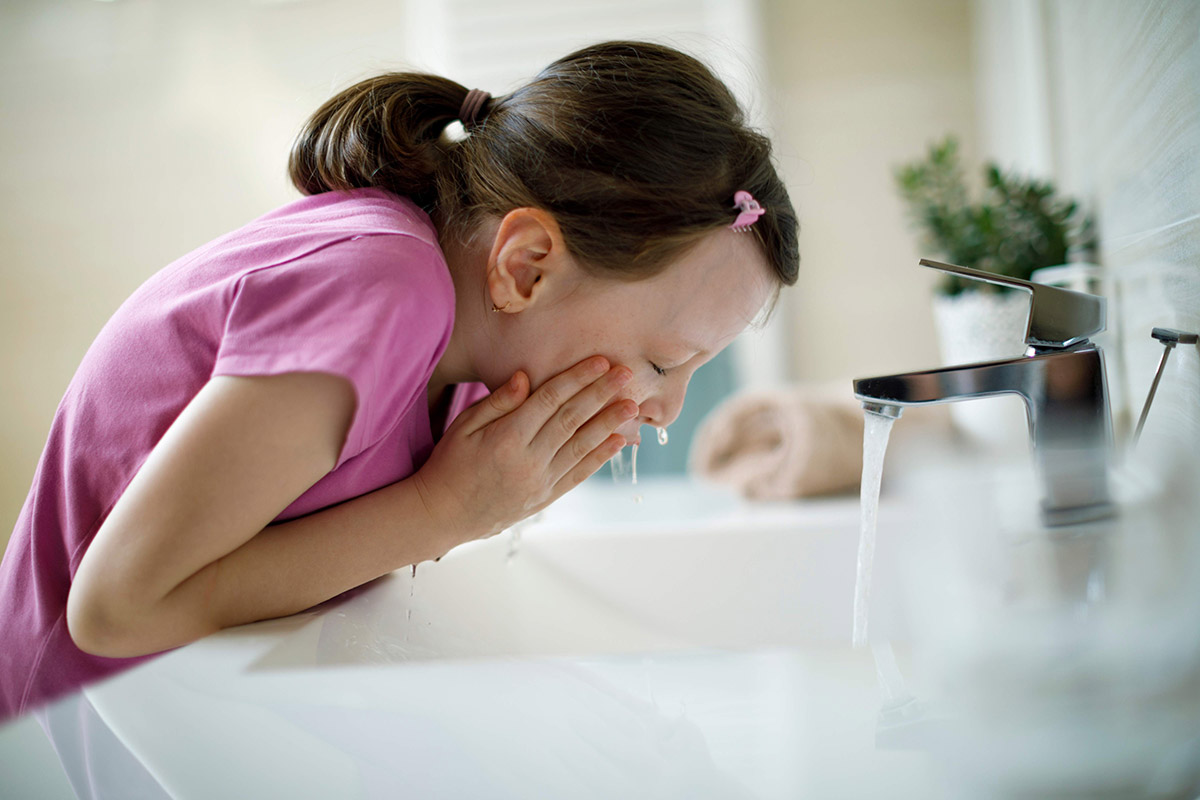All About Hygiene: 5 Tips to Practice Face-washing With Your Child
Facial hygiene is as essential as all the other personal cleanliness practices
Children tend to watch and follow their parents’ moves, so it is essential to teach them healthy habits, including washing their faces.
Teaching children the proper face-washing techniques is as essential as other personal hygiene practices. Moreover, it is a habit they will carry with them for a long time.
Facial hygiene is also crucial for their health as it helps prevent diseases. We must teach children to maintain facial hygiene. Some conditions can spread by direct contact with bacteria, viruses, and other disease-causing germs.
When they touch their face, the germs on their hands can enter their mucous membranes through their nose, eyes, and mouth, causing infections.
Older children and teens tend to blow off the critical task of everyday life as they may not see their benefits. For example, they may believe that washing their face is pointless.
However, besides preventing the spread of infections and diseases, it also helps them look and feel fresh. Hence, it is good to instil the importance of facial hygiene from a young age.
Here are a few simple steps you can teach your child to help them develop and master face-washing:
How to Teach Your Child to Wash Their Face
The steps you can take to teach your child face-washing techniques are similar to the suggestions in the article All About Hygiene: 4 Techniques to Teach Your Child to Wash Their Hands. For easy reference, here are the key points to note:
1. Break down the task into simple steps
Divide the face-washing task into sequences and smaller steps. It is easier to teach your child with small steps. Focusing on a single step at a time could be easier for your child than trying to teach them the skill all at once.
2. Model how to do it
You can wash your face before or while your child is washing their face to show them the techniques. Have your set of items ready – children can learn a lot faster by seeing you do it.
3. Create a visual schedule
A visual schedule is a graphic representation of scheduled tasks and activities, including a picture for each step, as illustrated in the visual for face-washing below. You can print and laminate the visual for your child and place it in your bathroom so your child can view it while practising. Here is an example of a graphical structure:

4. Use face-washing videos
Using videos, also known as video modelling, can be an effective tool in helping your special needs child perform activities of daily living skills.
Video modelling also teaches children to pick up new skills or behaviour. For example, using a video can encourage the child to mimic the person’s actions in the video. Videos with verbal instructions can prove to be incredibly beneficial, too.
5. Prepare and practice
Before you practice face-washing with your child, please ensure that you have all the items prepared. They include a clean and dry face towel, facewash, a step stool (if necessary), and the visual.
As with handwashing, leaving the items in the exact location can help your child concentrate on learning the steps rather than trying to find the items.
You could also consider providing “reinforcers” – a written and labelled praise, the child’s favourite toy, or a snack. Experts suggest that children will be more motivated to practice and pick up skills faster with reinforcers.
Taarana School provides programmes with social and emotional support for children with, among others, Down syndrome, Attention Deficit Disorder (ADD), Attention Deficit Hyperactivity Disorder (ADHD), Autism Spectrum Disorders (ASDs), Developmental Co-ordination Disorder (DCD) or Dyspraxia, and Global Development Delay.
Taarana offers a broad and balanced curriculum that meets the needs of all students. Learning and skills development are personalised, ensuring that each child fulfils their potential. For example, Taarana’s unique Transition Programme comprises functional academic lessons, daily/independent living skills, personal care and hygiene, basic financial skills, computer skills, transportation skills, and social/relational skills.
By Yusnorita Mohd Isa
Numeracy and Cooking Skills, Arts & Crafts Teacher, and
Noor Irni Hanida
Occupational Therapist

